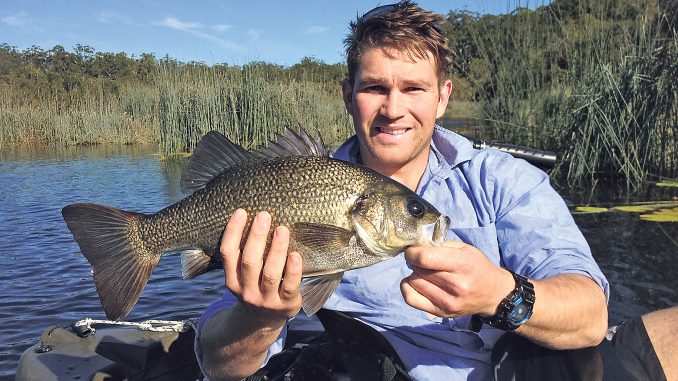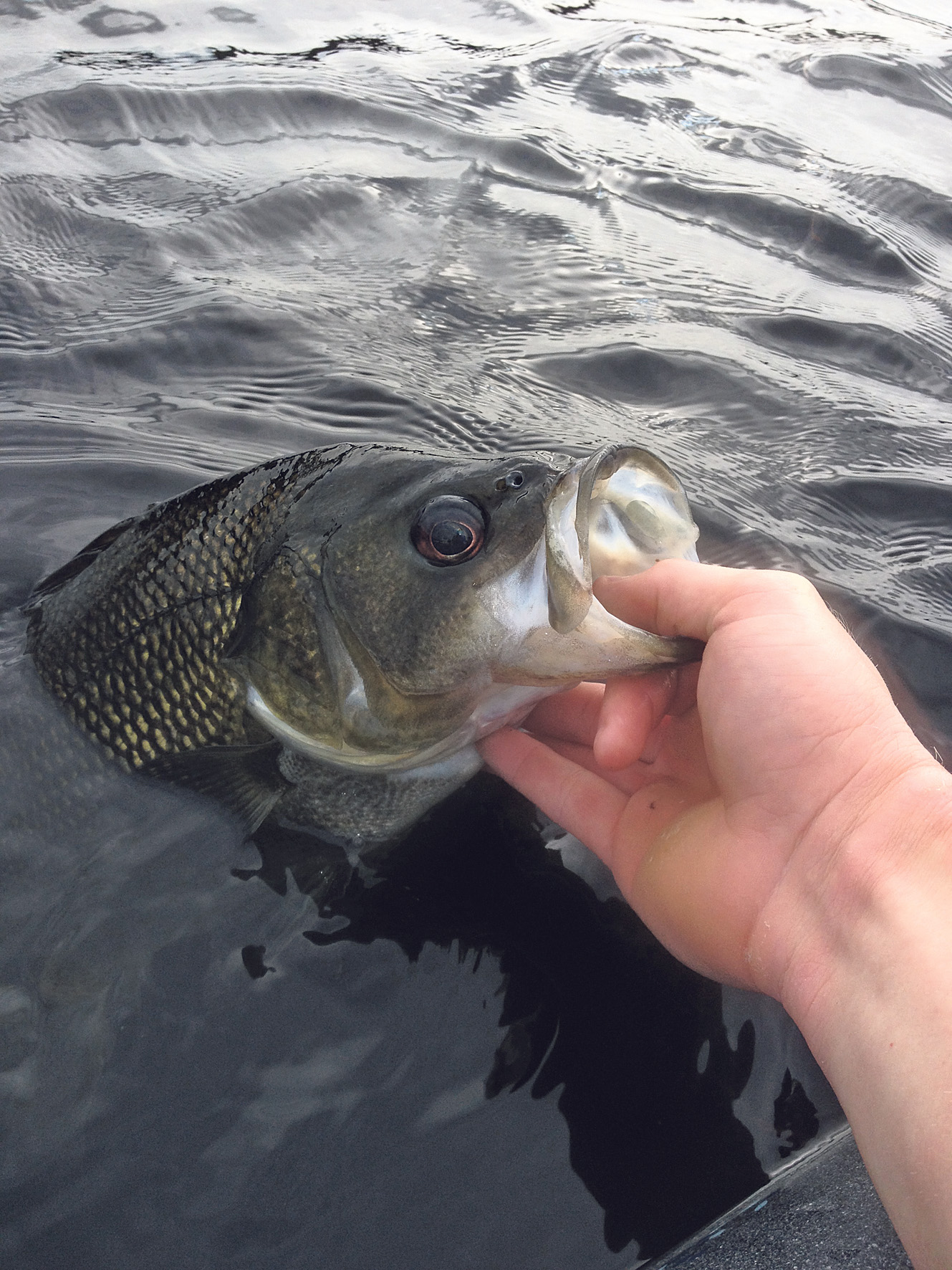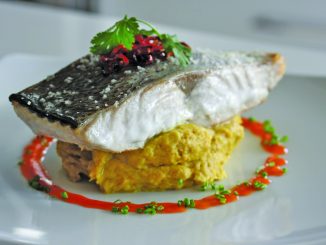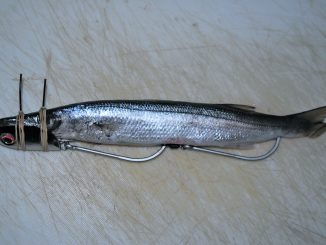
by Bob Thornton •
Putting kayaks into dams can often be frustrating. Being a large body of water, they’re usually susceptible to weather and can be overrun with power craft. Because of this, I was very relieved when I first launched my yak into Ewen Maddock Dam on the Sunshine Coast several years ago.
About the dam
Ewen Maddock is a relatively small body of water compared to other dams in South East Queensland, and lies 4km northeast of Landsbrough in the Mooloolah Valley.
The dam was built across Addlington Creek, a tributary of the Mooloolah River, and was completed in 1982.
To get there from Brisbane only takes around 50 minutes to an hour. If you’re coming from Brisbane, take the Beerwah Exit on the Bruce Highway onto Steve Irwin Way. After you pass Landsbrough on your left, you should drive past the back end of the dam. Turn left onto Connection Road just before the BP, and after a few hundred metres you’ll see Ewen Maddock Dam Picnic Spot on your left. You’ll be able to park your car and unload your kayak only 20-30m from the water. The little sandy beach on the water’s edge makes launching very easy.
Much of the land that surrounds the dam is private property, so access is pretty much limited to this one park, however being such a small dam, it’s easy enough to get across the dam via paddle power.
The dam is stocked regularly with Australian bass, golden perch, Mary River cod and saratoga, with a naturally occurring population of eel-tailed catfish and spangled perch, and a noxious population of tilapia. There’s rumours of barramundi being put in by the ‘midnight’ stockers, but I’ve only heard anecdotal reports of captures.
Ewen Maddock Dam is a strictly paddle-craft only dam, meaning no electric motors on canoes or kayaks.
On the dam
Once you’re on the water, you’ll notice how heavily vegetated the banks and edges are. The sedge grass and water lilies sitting on the tannin-stained water make this a very picturesque little dam, and the native birds and other wild life keep it interesting when the fishing is slow.
Being fairly open and only just above sea-level, it does cop a bit of wind, but there’s more than enough bays to find at least one little undisturbed patch of water to chip away at.
Paddling through the plethora of weedy bays and sedge grass islands, you’ll often see things swirling off around you scooting out of the shallows. These are usually saratoga, and if your kayak allows you to stand up and fish, these toga are very catchable. If you can spot them before they spook, a lure cast near them will often result in a hook up. They aren’t fussy, they just need to be approached with stealth.
The main target to most visiting anglers is bass, and although it’s not very well-known, this is a Mecca for big bass around edges. It’s not uncommon to score bass well over that magic 50cm mark casting lures, and I’ve had days where I’ve nailed several of these ‘kegs’ in just a couple of hours.
Tips for fishing
Finding fish
As I don’t carry a sounder on my kayak, I like to fish the edges by casting lures. Bass can be found schooling off points and in open water, but I like to have something to cast at.
I like to find an edge to work, whether a lilypad edge, a weed edge or right up tight to the sedge if the weed isn’t too thick. Once I’ve found my edge, it’s helpful to take note of which way the wind is going. With my little sit-on paddle kayak, I tend to get blown around a lot. In the right wind, I can get a breeze behind me and cast out in front of the kayak. You can work a whole edge over if you can get your drift right.
When you can get up into one of the bays and out of the wind, you can be literally surrounded by a maze of shallow weed bommies, little lilypad mats and sedge grass islands. By cruising through these bays slowly and making long casts through the gaps, you can cover a lot of water.
I’ve found EM to be a year round fishery, and have caught big bass around the edges in all four seasons. I’ve noticed I get fewer fish in winter, but they tend to be bigger. Summer seems to produce more fish for me, but of a slightly smaller class.
Lures
One of the most effective lures I’ve found in EM is suspending jerkbaits between 6-10cm long. Being able to crank them down beside the weed edge and hover them in the fish’s face is invaluable, and the strikes often come on the pause.
Spinnerbaits will produce good fish, but they can foul up very easily on weed, which can lead to more time spent unfouling the spinnerbait than actually fishing.
Lipless crankbaits and vibes have their place in EM, especially around deeper edges and where fish can be seen schooling, but again, these lures can foul up very easily.
Weedless presentations are fantastic to have in your kit, and a soft plastic rigged on a worm hook can be a great tool for probing the pockets between the vegetation.
If you’re a hardcore bass fanatic, you can even throw Texas style or ‘punching’ rigs right into the vegetation when the sun’s up and fish are in tight.
Just when you thought it couldn’t get any better, the topwater action can be pretty explosive in the warmer months too. Most bass sized stickbaits, poppers, fizzers and paddlers will work. In the last year or so, I’ve been using weedless frogs over the thick vegetation with great results, just remember to strike hard when the bass engulfs it!
Gear
In EM, I like to go a little heavier than usual. Using rods just a little heavier than what you’re used to with bass is a good move, because the fish are usually of a better size class, and they live in some very tight country. I’ve been bricked and busted off many times by big, angry EM bass. I even broke a rod one session, where in an effort to dig one out of the cover it has buried itself in, I looked away as it dashed out and went under the kayak. Schnap!
As a general rule, I like to use 2-5kg rods with 6-10lb braided mainline when working the edges, and beef it up to 3-6kg rods with 10-15lb braided mainline when I’m cruising in the junk. Frogging in particular demands the use of heavier braid.
When using leaders, 12lb fluorocarbon is a good start, but I’ve used leaders up to 20lb and still gotten myself into trouble. Trial and error is about the only way to find the right gear where you’re able to present your lures naturally and not get stitched up by each fish.
Hidden gem
Ewen Maddock Dam really is one of those hidden gems, sitting only minutes from civilisation. Being paddle-only, it keeps a lot people away, and it’s not uncommon to have the whole body of water to yourself.
I strongly encourage anyone chasing big bass and a challenge to give this lake a shot. Just remember to come heavy, and if you’re going to fish topwater, pack some spare jocks, for goodness sake!







